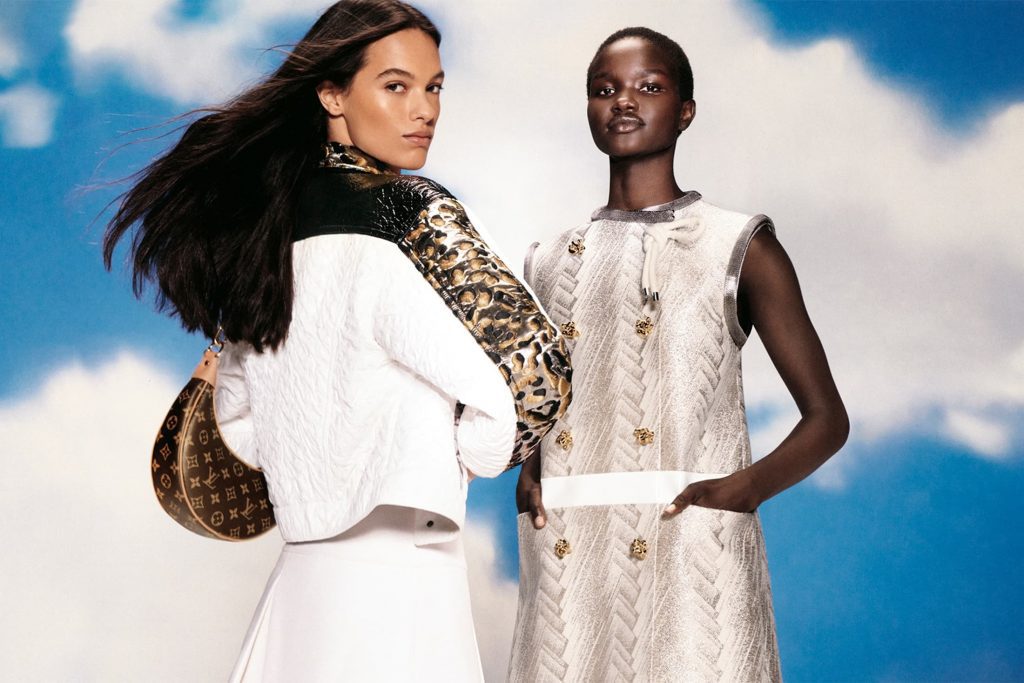Louis Vuitton has been handed a loss in a clash with Cartier and Van Cleef & Arpels over one of its trademark registrations in France. In a newly-published decision, the French intellectual property office sided with the two Richemont-owned brands and cancelled Louis Vuitton’s registration for VENDÔME for use on jewelry and watches, holding that the term lacks the necessary distinctiveness to function as a trademark, largely because consumers are likely to link the mark to the famous square in Paris (which plays home to the Ritz hotel and an array of upscale brick-and-mortar stores) – and influence purchasing decisions as a result – before associating it with the offerings of any single brand.
In a decision dated July 1, the National Industrial Property Institute (“INPI”), which is the national intellectual property office of France, cancelled a Louis Vuitton-held trademark registration for VENDÔME for use in class 14 (jewelry and watches), stating that given the “immediately perceptible association between the term VENDÔME and PLACE VENDÔME,” the term is likely to elicit positive feelings from consumers. As first reported by Jérôme Tassi, a partner at Paris-based firm AGIL’IT, the INPI determined that against this background, the VENDÔME mark acts as a “selling point capable of influencing the preferences of consumers likely to attach positive qualities to the products,” and thus, the term will “not be perceived as a guarantee of the commercial origin of the products.”
Or in other words, the term “does not appear to fulfill the essential function of a trademark,” which is to identify and distinguish the goods/services of one manufacturer or seller from those of another and to indicate the source of those goods/services. (Marks that lack distinctiveness are generally incapable of serving as an indicator of source.)
In a nutshell, Tassi states that the INPI’s decision means that Vendôme (and potentially, other location names, as well) “cannot be monopolized” for products, including Louis Vuitton’s jewelry and watches, but he notes that Louis Vuitton can (and very well may) appeal the French intellectual property office’s cancellation. The decision comes on the heels of Richemont-owned brands Cartier and Van Cleef & Arpels seeking to cancel the Louis Vuitton trademark, arguing that the French luxury goods brand’s mark is invalid due to the alleged lack of distinctiveness.
(Limited to one aspect of Louis Vuitton’s registration for the VENDÔME trademark, namely, Class 14 (use on watches and jewelry), the IPI’s cancellation does not impact another aspect of the brand’s registration for the VENDÔME mark, namely, its registration of the mark for use on leather bags in Class 18. Similarly, the outcome does not impact the registrations for the VENDÔME mark that Louis Vuitton has in the United States, Singapore, and New Zealand, among other countries.)
Bigger Than Just Trademarks
Like Cartier and Van Cleefs, Louis Vuitton boasts a brick-and-mortar store, complete with a high jewelry atelier, at Place Vendôme in Paris – seemingly making this just as much a fight about source indication as it is about budding competition in the luxury jewelry space, particularly as Louis Vuitton (and its parent LVMH) continues to expand the scope of its prowess when it comes to hard luxury. Known primarily for its leather goods offerings and the ready-to-wear of Nicolas Ghesquière and until recently, Virgil Abloh, Louis Vuitton is in the midst of doubling-down on the jewelry category, with the world’s largest luxury goods brand appointing Francesca Amfitheatrof to the role of artistic director for jewelry and watches back in 2018, and launching its first “high jewelry” collection in 2021. Fast forward to last week and Louis Vuitton unveiled its largest high jewelry collection to date in a presentation in Marrakech.
Competition in this segment is swiftly rising, prompted by growing dollar figures and a future that McKinsey predicts will be “more branded,” and indicated by merger-and-acquisition activity (think: LVMH’s purchase of Tiffany & Co. for $15.8 billion in a deal that was finalized last year) and budding legal squabbles between players in the market. (The headline-making trade secret misappropriation battle between Tiffany & Co. and Cartier over their “high jewelry” divisions comes to mind on the latter front.)
“Because price points in branded fine jewelry can be around six times higher than for unbranded products, competition between established luxury jewelry brands, fashion brands, and new direct-to-consumer companies will heat up as players compete to win customers,” McKinsey stated last year. As of 2019, the consultancy estimated that the market for fine jewelry was worth roughly $280 billion, and while COVID took a toll on the luxury goods market, brands in this space are optimistic, with Michael Burke, chairman and chief executive of Louis Vuitton, stating last year that fine jewelry is “the biggest potential we have right now … one of the highest-growth categories we have, if not the highest.”
The New York Times recently reported that LVMH’s watch and jewelry division “brought in €8.96 billion ($9.19 billion) in 2021, up 167 percent compared with 2020 and up 7 percent compared with 2019 (in part explained by LVMH completing its acquisition of Tiffany & Co. in 2021).” Meanwhile, Chanel’s president of watches and fine jewelry Frédéric Grangié revealed that the company is “very happy and satisfied with our growth, business is extremely good,” noting that high jewelry “is extremely dynamic, fine jewelry is on the rise, and watchmaking and haute horlogerie are also experiencing strong growth.”
And still yet, Richemont’s revenues have been on the rise, topping €19 billion ($19.5 billion) in 2021, a 46 percent increase year-over-year, with Cartier, Van Cleef & Arpels, and Buccellati generating in a combined €11 billion ($11.28 billion) in sales.











